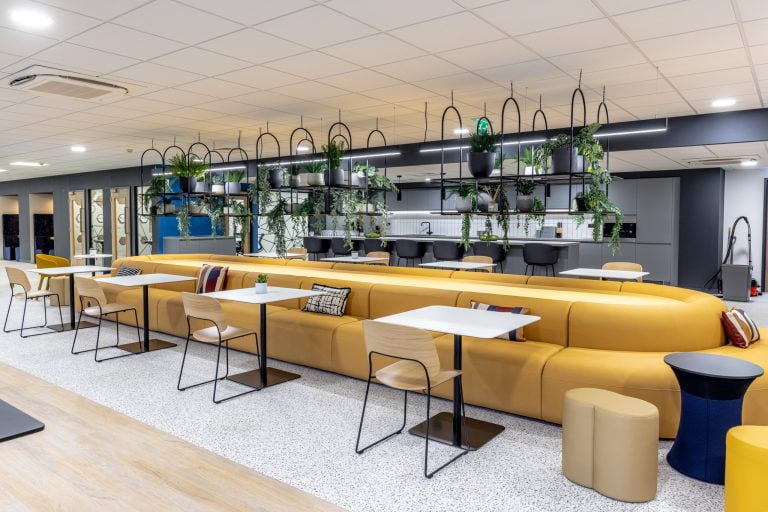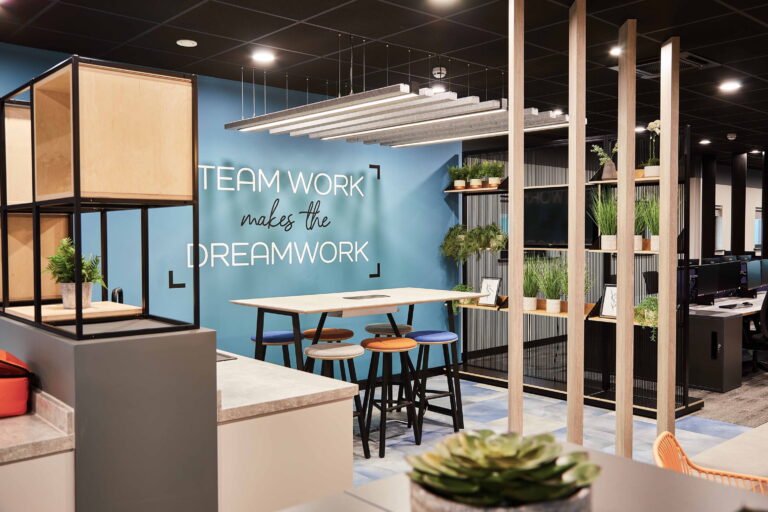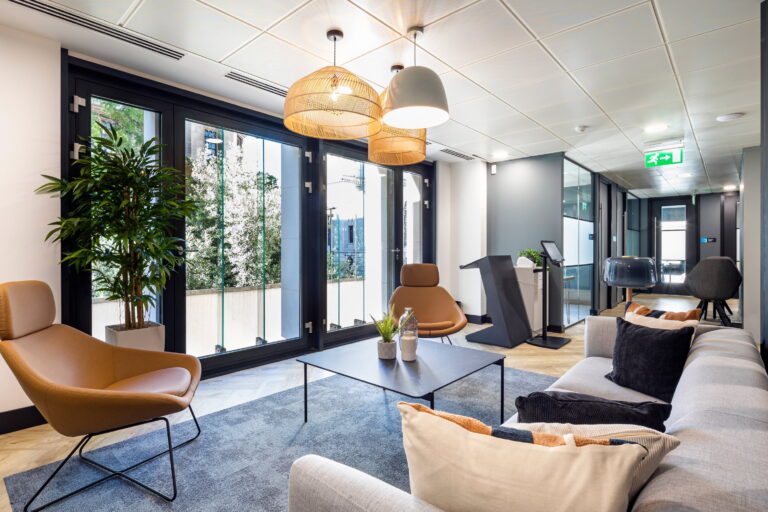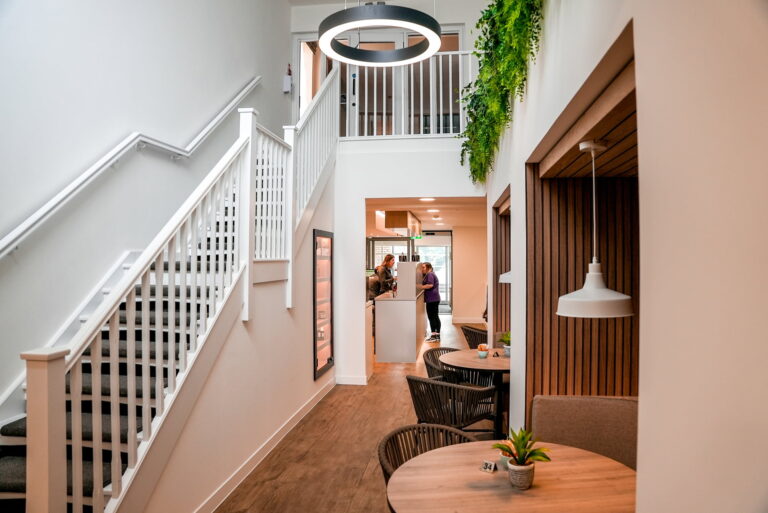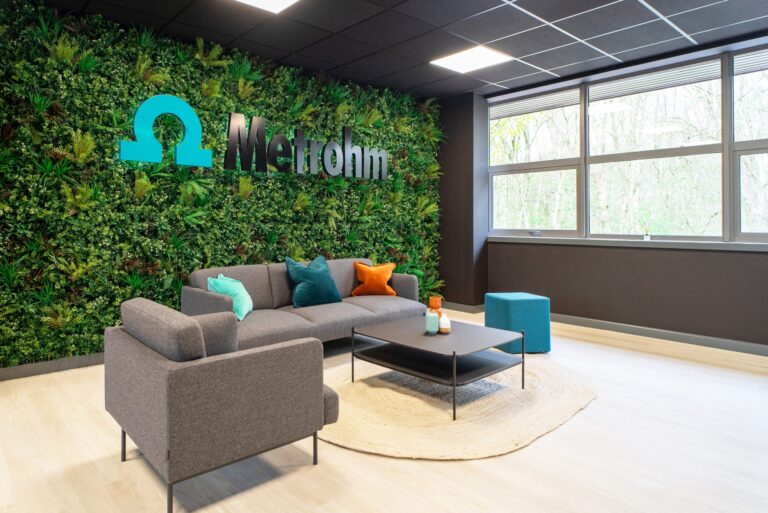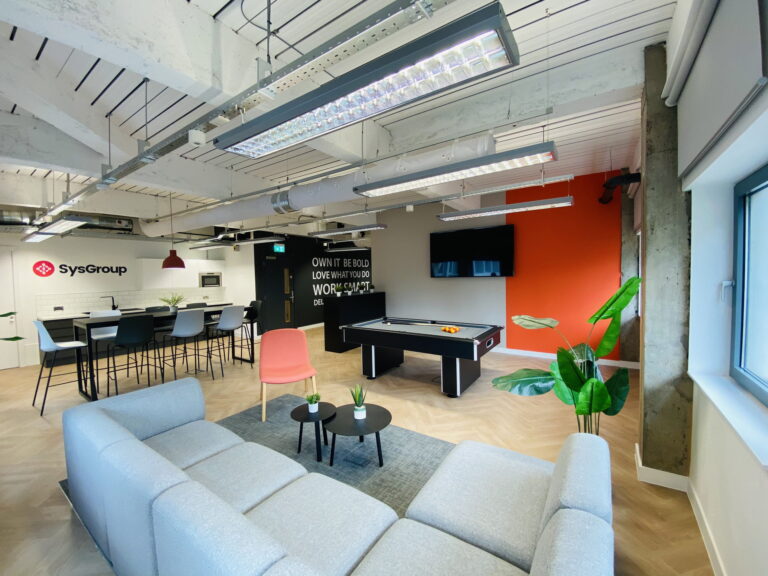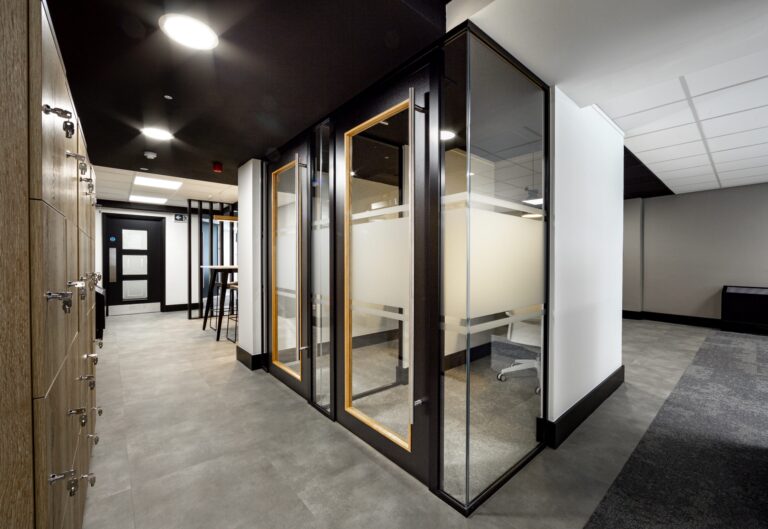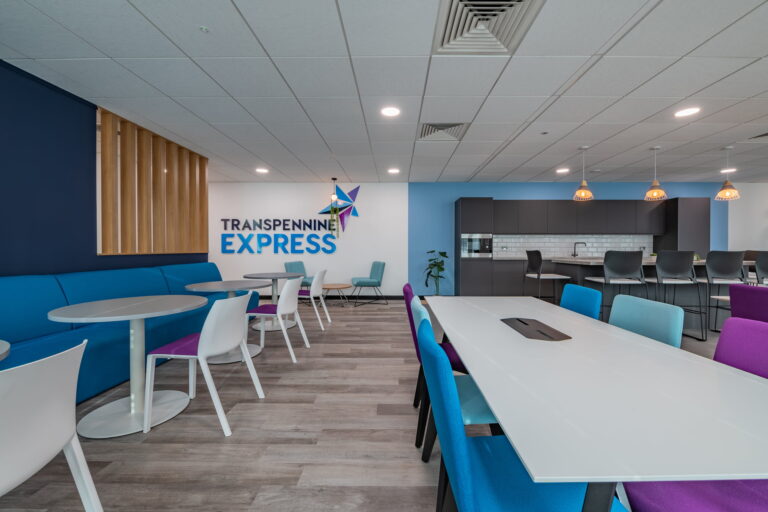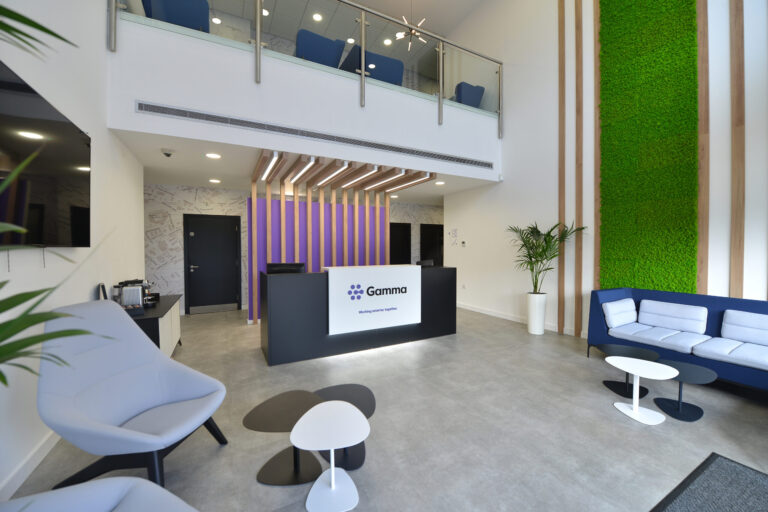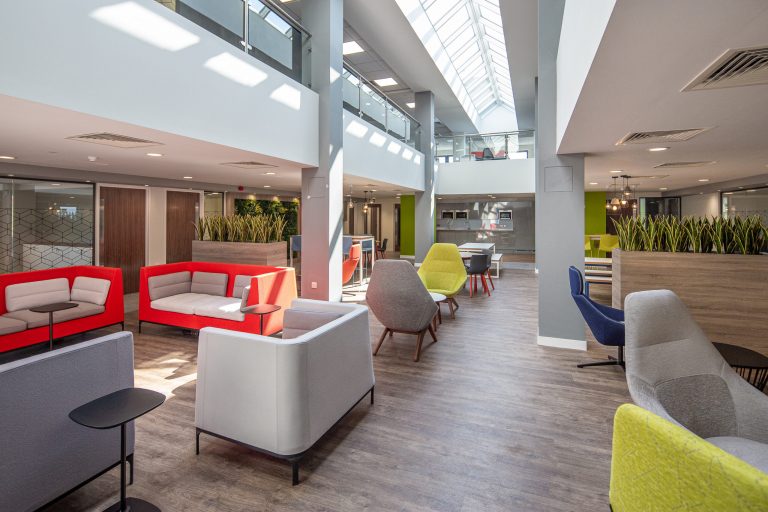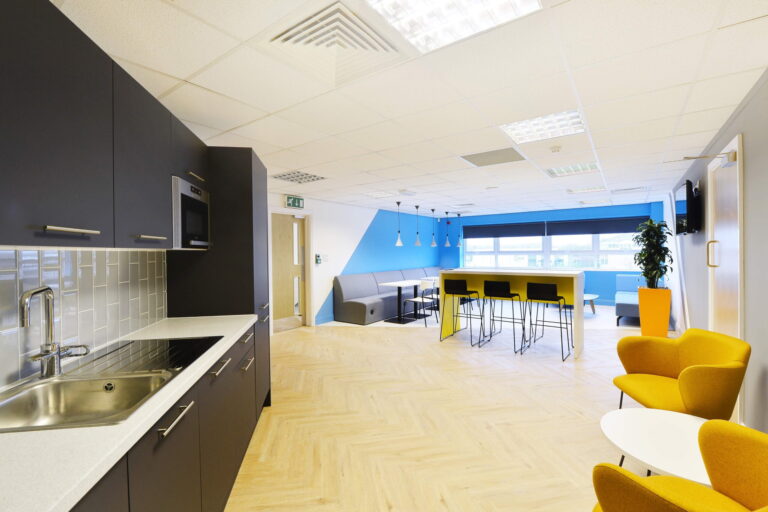
How to Apply Agile Working Principles to Your Office Space
How to Apply Agile Working Principles to Your Office Space
Agile working.
It’s becoming quite a buzzword in offices across the country. As with any professional trend though, the term is beginning to be thrown around without too much thought about what it really means.
If you’re still unsure about what exactly agile working means, essentially, it is all about creating a culture of flexibility and freedom within your business. The days where your people are tied to their same desk for eight to ten hours are long gone. If your workplace still operates this way, you’re in real danger of affecting engagement with your existing staff and impacting your chances of successfully recruiting the best people. Agile working means flexible working areas, places ‘away from the desk’ such as meeting pods, booths and lounge areas, where people can work, rest, play and collaborate in a multitude of ways.
We’ve already spoken about what agile working means but how do you implement it in your company? We’re here to break down how you can apply the core principles of agile working to your workspace and show you how your company can benefit, with measurable returns on investment in the form of increased productivity, better employee engagement and a reduction in staff turnover.
So, how exactly can you bring agility into your office?
1. Get Your Team On Board With Agile Working

Before you implement any new way of working in your business, be it a new strategy or an overhaul of your office space, you will benefit from creating a project team which involves representatives from each department within the business. The project team will represent the views of their colleagues and ensure all decisions are made transparently.
Luckily, agile working is something that’s in demand among employees at the minute, so you’re unlikely to hear too many disgruntled voices when you look to implement change. The rise of flexible workspaces means its more important than ever to stay ahead of the competition and innovate with the way your staff interact within your office space.
As mentioned in other articles on agile working, staff retention and talent attraction is vital to the success of any business. Regretted losses of key people is a massive cost to any business. Investing in a creative, agile workspace is a key driver in winning the talent war.
As important as it is to make sure your team are happy with the proposed changes, it’s usually senior management who need convincing about agile working.
Therefore, take some time to do your research into the impact agile working really has on performance. Reach out to other companies who have recently adopted an agile mentality and ask them what benefits they’ve seen.
The best way to do this is to speak to your workspace partner, who will invite you to visit the offices of other clients who faced similar challenges to you.
2. Understand What You WANT From Agile Working

By its very nature, agile working is as flexible as you want it to be. It’s important to identify what type of agile working you want to implement into your operations.
Are you looking to promote teamwork among your employees? Do you want to stimulate creativity? Maybe you want to provide relaxation spaces that help you reward staff more easily?
Look at what you want to get out of this venture and this will help dictate how you apply it to your office space. There’ll be a style that suits you and your team perfectly.
As with any business plan, set short, medium and long-term goals for implementing agile working. You may be hesitant about how your staff will react if you suddenly overhaul years of accepted office practice, but is there something you can do to ease them into the change?
Creating an informal space where your staff can organise impromptu meetings among themselves is a great way of improving agility and opening your team’s eyes to the world outside their desk.
3. Understand What You NEED From Agile Working

You’ll have already realised from our previous point that changing your office culture to one that embraces agility does not happen overnight. That’s why you need to list everything you want from agile working and consolidate that to what you need right now.
Identify the areas that are a necessity to you and your way of working will help you understand what changes you need to make first place.
It may be that you need to improve your employee satisfaction, which could mean transforming your drab cafeteria into a modern meeting place. Alternatively, you may need to improve engagement in meetings, in which case shaking up their structure to make them more informal might be at the top of your list.
Separating your needs from your wants becomes even more important if you’re redesigning any part of your workspace. How your office is designed will have an impact on your style of working, so working with your workplace designer to make sure they understand your vision and needs is crucial.
There’s no ‘one-size-fits-all’ when it comes to agile office spaces. For example, the needs of a tech company will be drastically different from those of a law firm when it comes to the layout and optimisation of their workspace.
In short, no two businesses are alike and the demands you have of your workspace will not be the same as others, including those inside your own industry. Before you start planning how you’re going to implement agile working then, take the time to identify what you need to get from it.
4. Look at Other Examples of Agile Working

We all become a little stuck in our ways and this can make it difficult to come up with innovative ideas to create an agile workplace. Luckily, you don’t have to do it on your own.
Once you know what you’re looking to achieve, you can come up with ideas by looking at what other businesses are already doing to promote agility. Take stock of how others have made a success of concepts similar to yours.
If you can, look at other examples inside your industry to gauge how your competition is making it work. If their workspace is more progressive than yours, you potentially risk losing business to them and candidates when it’s time to recruit. This is one of the fundamental reasons why creating an agile workspace is seen as an investment rather than a capital outlay that should be kept to a minimum.
Don’t forget though, no two businesses are the same. Your company is made up of unique individuals and what has worked for your competitor’s employees might not work for yours. Don’t copy someone else’s style, find your own.
Agile working is, by its very nature, always changing. Office fit out companies always have their ears to the ground and are therefore able to predict future trends that will ensure your office doesn’t become out of date.
5. Turn to a Workplace Design Consultant

Let’s be clear, transforming your workplace takes more than just updating your furniture. How people work and what they need to thrive has changed so fundamentally that office spaces need to do the same.
That could mean optimising the layout for collaboration, reducing desk space to make way for booths and pods, or changing the very core of how people work for you.
Whatever the outcome, the process of applying agile working principles to your office requires an experienced hand.
Therefore, it’s never wise to take on office design and development on your own. Recruit a workplace design consultant who will take the time to run through your options.
Getting this right, in the beginning, is the key to applying agile working principles to your office seamlessly. You don’t want to implement a style that renders pockets of your office under-utilised.
To us, a successful fit-out is all about efficiency and making sure the design is the right one for you and uses every inch of the space you have to work with.
Bring in a workplace design consultant to fully audit your office space and we guarantee you that they’ll be able to see opportunities you didn’t know were there.
6. Design Your Office Alongside Your Business Strategy

As mentioned, your office space has a direct impact on how you operate as a business. However, that doesn’t mean you should bend your practices to fit your office.
No matter how stylish your office space is, it is useless if it doesn’t adapt to you. Agile working is no different. If your office is restricting what you want to achieve in your business, there’s an obvious problem.
Having said that, if you aspire to have an office that is agile and creative, you need to make sure your business strategy does the same. You can’t have one without the other.
So, don’t continue working the way you have been and expect a shiny new office to drive business performance on its own. If you don’t embody the agility you want your workspace to, your business is unlikely to move forward in the way you want it to. Ultimately, your move to agile working will be unsuccessful.
You need to give your new office every chance of success, so it’s a good idea to review the new space you have and take a look at how what you’re doing now could be improved. After all, you didn’t make such a fundamental change in your office just to do what you’ve always done… did you?
7. Give Agile Working Time to Settle In

An office design that champions the principles of agility will have some immediate impacts, most likely on employee happiness, but it will not change everything overnight.
Like any change in business strategy, your team will need time to adapt to their new surroundings and how it impacts on their ways of working.
Any change needs time to be embedded into your day-to-day practices. You can’t expect to see an uptake in productivity and performance in a matter of weeks when implementing agile working.
A new way of working, especially if agile working is very different from your previous set up, will take some time to sink in with your staff. Some members might even struggle with the new system initially but, if you offer them support and explain how the office is designed to help them to perform, you’ll have your whole team on board and striving to make agile working a success.
Even more than your employees though, it’ll take time for you and your leadership team to adapt to the changes that agile working brings.
Most managers are able to easily check up on their team because they are always in the same place. Agile working encourages independence, so it’ll likely take time to get used to your team working in a variety of areas in the office whether that be at a desk or in a meeting room or communal area.
It takes faith in the concept of agile working to make it a success and, if you allow time for you and your team to get used to it, it’ll become the new norm before too long.
CONCLUSION
If you follow these principles, applying agile working doesn’t have to be as hard as you might have imagined.
Once agile working principles are properly implemented and fully embedded in the culture code of your company, it can be the best thing you ever did for your business.
If you want to learn more about how to turn your office into the kind of space where your business can truly flourish, give us a call on 0161 402 3340 or email us at hello@opus-4.com.





